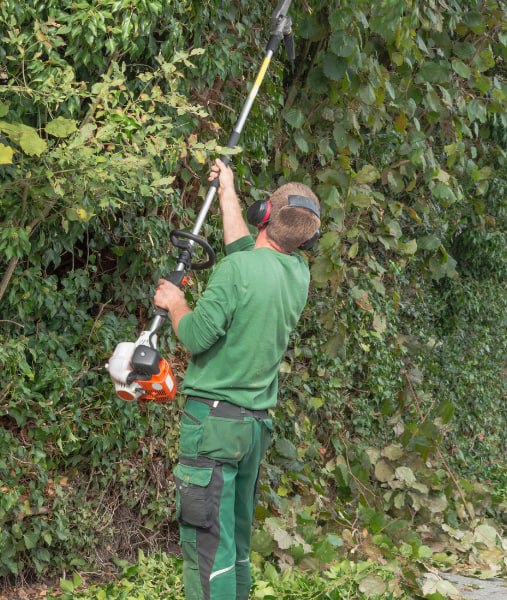
Introduction: As the temperature drops and winter approaches, shifting your focus from summer tree care to winter tree care is essential. Properly preparing your trees for the cold season can help them withstand the harsh conditions and ensure their health and vitality come springtime. In this blog post, Gillingham Tree Surgeons will provide valuable tips on caring for your trees during the winter months.
- Pruning:
- Winter is an ideal time for pruning deciduous trees as they are dormant. Pruning during this season allows you to remove dead or diseased branches without harming the tree’s overall health.
- Be cautious when pruning evergreen trees in winter, as it can be more stressful for them. It’s usually best to wait until early spring for these trees.
- Mulching:
- Apply a layer of mulch around the base of your trees to insulate the roots and retain moisture. This protective layer helps prevent frost heaving, which can damage the roots.
- Ensure that the mulch does not touch the tree trunk, as this can create a moist environment ideal for rot and disease.
- Watering:
- Trees, especially evergreens, still require water during the winter months. Continue to water when the ground isn’t frozen if there has been a prolonged period without significant rainfall.
- Be mindful not to overwater, as soggy soil can lead to root rot. It’s best to water deeply and infrequently.
- Protection from Wildlife:
- Hungry wildlife may be drawn to your trees for food during the winter. Consider using tree guards or wraps to protect the bark from nibbling animals.
- Preventing Ice Damage:
- Snow and ice accumulation on branches can lead to breakage. Gently brush off heavy snow to reduce the weight on branches and prevent damage.
- Inspect for Diseases and Pests:
- Take advantage of the winter season’s visibility to inspect your trees for signs of disease or pest infestations. Look for unusual growths, discolouration, or damage to the bark.
- If you notice any issues, consult a certified arborist for diagnosis and treatment options.
- Support Weak Limbs:
- If you have trees with weak limbs prone to breaking under the weight of snow or ice, consider using braces or support systems to protect them.
- Avoid Salt Damage:
- Be cautious when using salt or de-icing chemicals near trees. These substances can damage the roots and leaves. Use alternatives like sand or non-salt de-icers whenever possible.
- Regular Pruning:
- Throughout the winter, monitor your trees for broken or damaged branches caused by heavy snow or ice. Promptly remove these limbs to prevent further damage and potential hazards.
Conclusion: Winter tree care is essential for maintaining the health and beauty of your trees year-round. Following these tips and staying attentive to your trees’ needs during the cold season can ensure their resilience and vitality come spring. If you have any concerns or require professional assistance with winter tree care, Gillingham Tree Surgeons is here to help. Remember, proper winter care is an investment in your trees’ long-term health and longevity.
Call us on: 01634 564698
Click here to find out more about Gillingham Tree Surgeons
Click here to complete our contact form and see how we can help with your tree’s needs.